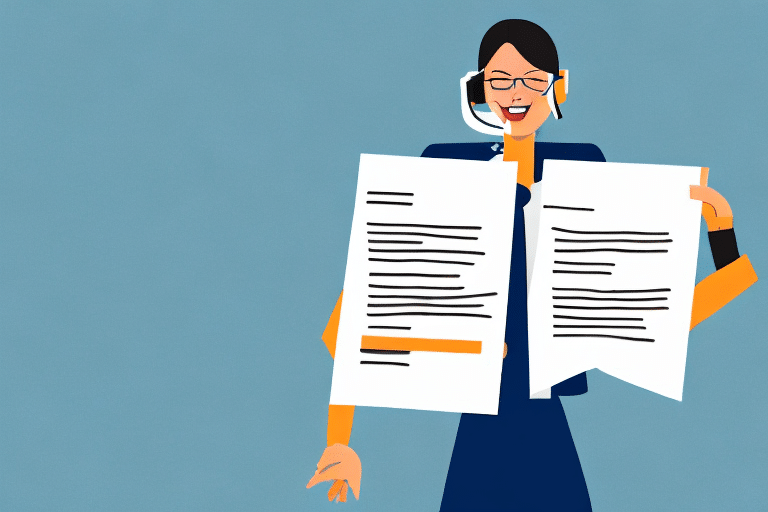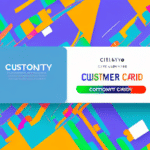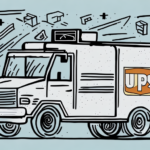Understanding Customer Retention Letters
In the competitive landscape of business, customer retention stands as a critical factor for sustained success. Retaining existing customers not only reduces marketing costs but also fosters brand loyalty and drives repeat business. One effective method to achieve this is through well-crafted customer retention letters.
The Importance of Customer Retention Letters
Customer retention letters serve as a direct line of communication between businesses and their customers, reinforcing the value placed on their patronage. According to a study by Harvard Business Review, increasing customer retention rates by just 5% can lead to a profit increase of 25% to 95%. These letters help in:
- Enhancing customer engagement and loyalty.
- Gathering valuable feedback for continuous improvement.
- Boosting sales through targeted promotions and offers.
By addressing customer needs and demonstrating commitment to their satisfaction, retention letters play a pivotal role in maintaining long-term business relationships.
Understanding Your Audience
Effective customer retention letters are tailored to the specific needs and preferences of the target audience. This involves:
- Demographics: Considering factors like age, gender, and location to ensure the message resonates.
- Behavioral Insights: Analyzing past interactions and purchase history to personalize the content.
- Pain Points: Identifying and addressing common challenges faced by customers to offer relevant solutions.
For instance, a letter targeting young professionals may adopt a more casual tone, whereas communication with established clients might require a formal approach.
Crafting Your Retention Letter
Crafting a Compelling Subject Line
The subject line is the first element that captures the customer's attention. An effective subject line should be:
- Personalized: Including the recipient’s name can increase open rates.
- Concise: Keeping it short and to the point ensures it’s fully visible on all devices.
- Action-Oriented: Including verbs that encourage engagement, such as “Discover” or “Enjoy.”
Example: “Jane, Enjoy an Exclusive 20% Discount on Your Next Purchase!”
The Anatomy of a Successful Customer Retention Letter
A well-structured retention letter typically includes the following components:
- Opening: A friendly greeting and expression of gratitude.
- Personalized Message: Referencing past interactions or purchases.
- Benefits Highlight: Emphasizing the advantages of continuing the relationship.
- Call-to-Action: Encouraging specific actions, such as redeeming a discount or providing feedback.
- Closing: A warm closing statement and contact information.
Best Practices for Formatting Your Retention Letter
Proper formatting ensures that your letter is both visually appealing and easy to read:
- Use Clear Headings: Organize content with headings and subheadings.
- Bullet Points: Break down information into lists for better readability.
- White Space: Utilize white space to avoid clutter and enhance focus on key points.
- Professional Tone: Maintain a consistent and brand-aligned voice throughout the letter.
Common Mistakes to Avoid
Avoid the following pitfalls when drafting retention letters:
- Generic Messaging: Failing to personalize can make the letter feel impersonal.
- Ignoring Feedback: Overlooking customer feedback can signal a lack of interest in their opinions.
- Overly Aggressive CTAs: A pushy call-to-action can deter customers from engaging.
- Unclear Purpose: Ensure the letter has a clear objective to guide the customer’s response.
Personalization and Customer Engagement
Tips for Personalizing Your Customer Retention Letter
Personalization goes beyond addressing the customer by name. Effective strategies include:
- Referencing recent purchases or interactions.
- Offering tailored recommendations based on past behavior.
- Recognizing customer milestones, such as anniversaries or birthdays.
For example, if a customer frequently purchases a particular product category, suggest related items or provide exclusive offers in that area.
Creating a Consistent Brand Voice
A consistent brand voice reinforces your brand identity and builds trust. To maintain consistency:
- Align the tone with your overall marketing communications.
- Use language that reflects your brand’s values and personality.
- Ensure that all team members follow the established voice guidelines.
This consistency helps customers recognize and relate to your brand, enhancing their overall experience.
Leveraging Data and Automation
Using Data and Analytics to Improve Your Letters
Data-driven insights can significantly enhance the effectiveness of retention letters:
- Customer Segmentation: Group customers based on behavior, preferences, and demographics to tailor messages effectively.
- Performance Tracking: Monitor open rates, click-through rates, and conversion rates to gauge the success of your letters.
- Feedback Analysis: Utilize customer feedback to identify areas for improvement and address concerns proactively.
Implementing these strategies ensures that your communication is relevant and impactful.
Using Automation Tools
Automation tools streamline the process of sending and managing retention letters:
- Email Marketing Software: Platforms like Mailchimp or HubSpot allow for automated sending, tracking, and personalization.
- CRM Systems: Customer Relationship Management (CRM) tools help in managing customer data and tailoring communications.
- Analytics Dashboards: Track the performance of your letters in real-time to make data-informed adjustments.
How to A/B Test Your Customer Retention Letters
A/B testing involves experimenting with different elements of your letters to determine what resonates best with your audience:
- Subject Lines: Test variations to see which achieves higher open rates.
- Content: Experiment with different messaging styles or lengths.
- Call-to-Actions: Assess which CTAs drive more conversions.
By analyzing the results, you can optimize future communications for better performance.
Measuring Success
How to Measure the Effectiveness of Your Campaigns
Evaluating the success of your retention letter campaigns involves several key metrics:
- Open Rates: Indicates how many recipients opened your letter.
- Click-Through Rates: Measures the engagement by tracking clicks on links or CTAs.
- Conversion Rates: Assesses the effectiveness in driving desired actions, such as purchases or sign-ups.
- Customer Feedback: Qualitative insights gathered through surveys or direct responses.
Regularly reviewing these metrics helps in refining your strategies and improving outcomes.
Case Studies and Examples
Examples of Successful Customer Retention Letters from Top Brands
Analyzing successful strategies from leading brands can provide valuable insights:
- Amazon: Utilizes personalized recommendation emails based on past purchases, enhancing relevance and increasing repeat sales.
- Sephora: Offers exclusive promotions to VIP members, fostering a sense of belonging and loyalty.
- Starbucks: Sends birthday rewards, personalizing the customer experience and encouraging engagement.
- Nike: Reminds customers to replace running shoes based on usage data, demonstrating care and prompting timely purchases.
- Madewell: Runs the “Madewell Insider” program, providing free shipping and early access to sales for loyal customers.
These examples highlight the importance of personalization, timely incentives, and exclusive offers in successful retention strategies.
Conclusion
Final Thoughts and Key Takeaways
Crafting effective customer retention letters is essential for maintaining and enhancing customer loyalty. Key strategies include:
- Understanding Your Audience: Tailor your messages to meet the specific needs and preferences of your customers.
- Personalization: Incorporate personal touches to make customers feel valued.
- Data-Driven Approaches: Utilize analytics to inform and optimize your communication strategies.
- Consistent Branding: Maintain a cohesive brand voice to build trust and recognition.
- Continuous Improvement: Regularly measure and refine your campaigns based on performance data.
By implementing these best practices, businesses can effectively retain customers, foster loyalty, and drive long-term success.






















